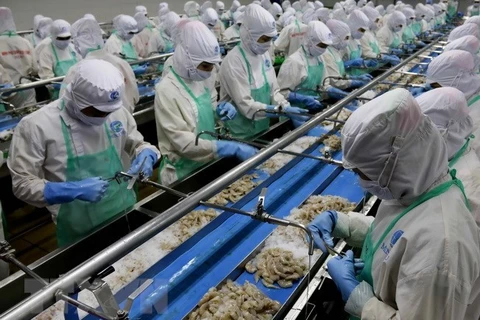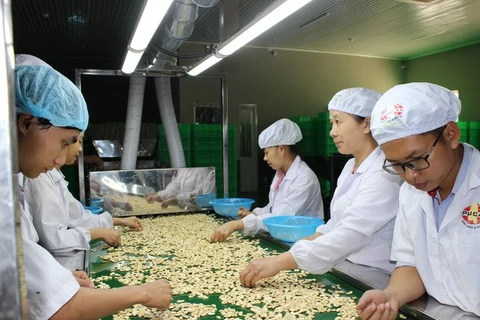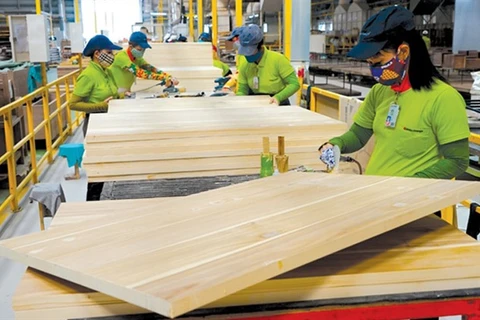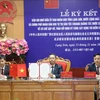Hanoi (VNA) – The total export value of agro-forestry-fishery products from January-November expanded 9.1 percent year-on-year to reach 36.3 billion USD.
According to the Agro Processing and Market Development Authority (AgroTrade) under the Ministry of Agriculture and Rural Development, Vietnam was estimated to earn 18.1 billion USD from its main farming products (up 3.1 percent), 8.1 billion USD from seafood (up 6.8 percent), 0.51 billion USD from husbandry (up 13 percent), and 8.6 billion USD from main forestry products (up 18 percent).
In the period, some 5.7 million tonnes of rice were shipped abroad, bringing in 2.9 billion USD, increasing 5.6 percent in volume and 17.7 percent in value compared to the same period in 2017.
Although rice exports to China fell sharply (30 percent), the neighbouring country remained the largest rice importer of Vietnam as it mounted to 24.1 percent of the market share.
Rice exports are likely to hit 6.15 million tonnes for the whole year, stocked up by rising purchase demands in some countries. Recently, Vietnam clinched a deal to ship 118,000 tonnes of 25 percent broken rice to the Philippines in its tender for imports of 500,000 tonnes of rice to refill its exhausted reserves.
Regarding coffee, the country raked in 3.3 billion USD from selling 1.73 million tonnes of the beans abroad, up 23.4 percent in volume and 3.2 percent in value year-on-year.
Coffee price in November fluctuated in line with the global trend. The price is forecast to experience brief lulling period as Brazil’s bumper conilon robusta coffee crop is able to supply 4-5 million sacks for exports.
Pepper price continued to fall during the period, making export turnover slide 32.5 percent year-on-year to 718 million USD despite an increase in export volume. The same trend was seen in shipments of rubber and cashew.
Meanwhile, fruit and vegetable exports posted 3.5 billion USD, up 11.6 percent year-on-year.
The AgroTrade also said that Vietnam splashed out 28.8 billion USD importing agro-forestry-fishery products in the period, soaring 13.6 percent from the same period in 2017. –VNA
VNA
























